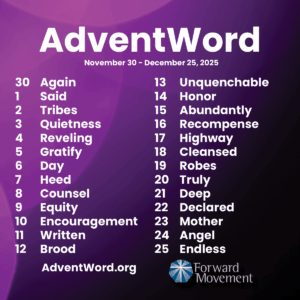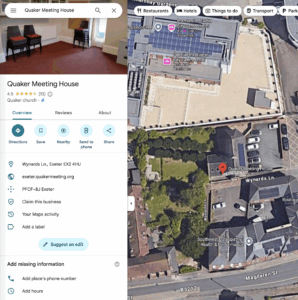In today’s technologically advanced society, when I think about the term ‘messenger’ I think of a chosen app on our smartphones or computer. Historically we required a physical messenger to distribute our message (via town crier, pigeon or possibly on foot). Today we are overwhelmed with a catalogue of digital apps and software to deliver messages for us.
This evolution has altered the fundamentals of communicating with one another. Geographical location and time do not restrict us. However, we are now presented with complex considerations when sending out messages.
What to consider...
When should the message arrive? Where is the message travelling to (geographically & digitally)? Do we need to slow down or schedule the message? What channels are most effective to reach the desired recipient? How much will it cost? Do we have the resource? Who will see my message and will it be secure?
There are two main forms of communication: verbal communication and non-verbal communication. Although verbal communication remains relatively constant (over time), we have speeded it up and made outreach more accessible globally. Non-verbal or written communications diversified significantly.
A brief history...
Let’s take a moment to appreciate how industrial and digital advancements have impacted the way we communicate.
Long ago, the most well-known form of primitive communication was cave paintings and symbols. Cavemen use pigments from fruits, minerals and animal blood to make depictions on cave walls. Later, sophistication came in the form of using fire to send smoke symbols. In Britain, it is thought that 1066 saw the first town criers. At the time, with news of William of Normandy’s invasion, men were employed to spread the word from town to town.
Next, the industrial revolution hit and we saw the birth of paperless messaging – Telegram. The idea for the telegram came in the 1700s and didn’t come to life until the mid-1800s. This was the first time we saw a message being sent from one location to another at speed.
From this point on, acceleration in the world of communication continued. Today we have access to numerous digital messengers (various text message services, WhatsApp, Facebook Messenger, Instagram, and many more!) and it is personal preference what we use.
Individual Messenger VS Organisation Messenger
Messaging as an individual could be to send a greeting or have a conversation with friends and family. Depending on who the recipient is and where they are located, depends on the ‘channel of communication’ we use. Your communication could take the form of a phone call, letter, text message, instant message or email. Our choice of channel is led by the software we choose or have available to us.
A considered approach is required when communicating a message as a business or organisation. For marketing and PR purposes this has become a more complex task. There is an abundance of channels we can choose from and we must consider our target audience, the level of engagement we want and the cost.
Traditionally a message from an organisation could take the form of verbal communication, newspapers, radio, printed leaflets or billboard advertising. In today’s modern society there are thousands of digital channels available including (but not limited to) digital text messengers, social media, websites, podcasts, and emails.
Messenger Research
According to a study by Meta (Messages Matter, 2017) 80% of adults send a digital message every day. Participants describe messaging as having a more authentic conversation. A Forbes report concluded that text messages have the highest open rate of any messaging technology. It is estimated that 270,000 text messages are sent per second! This channel is favoured as a direct and effective way of getting a message read by your desired recipient or audience.
As a society, we are continually receiving marketing communications. Subliminally and consciously! Businesses, organisations or brands have to work much harder in the planning of messaging and selecting the most effective channel to reach their target audience. The future of communications is no longer simply getting a message out there, the focus will be on creating two-way dialogue to improve engagement.
How does this impact charities?
Well, the marketplace is crowded! It is more important than ever to carefully plan any outbound communications. Taking time to plan and research activities will help maximise audience engagement. It is important that your resources work as hard as possible for you.
All things considered, communicating can be a minefield. Next time you wear your messenger hat, consider the following:
- Carefully plan your channel outreach based on who you are targeting
- Think about communicating in a way that maximises a two-way dialogue
- Analyse your outreach success to inform the planning process
- Don’t communicate on platforms that are not accessible to your audience
- If you feel out of your depth, enlist a professional for guidance, it will pay dividends!

Gemma White
MBS Personal Assistant
You may also like to read...
https://mindfulbusinessservices.com/marketing-your-meeting-house-the-basics/
https://mindfulbusinessservices.com/marketing-the-next-steps/








